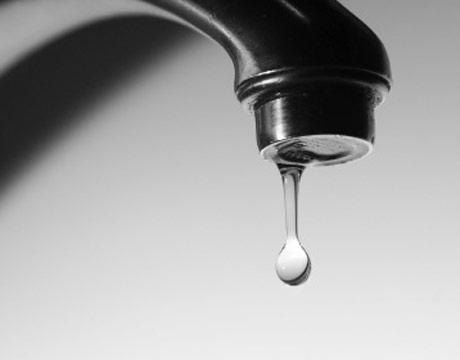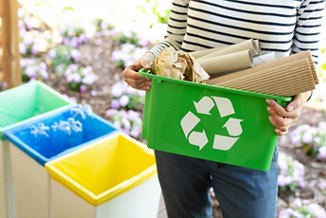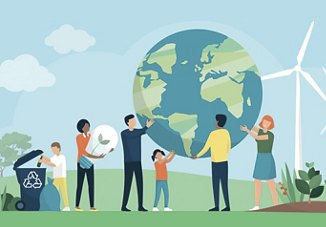2016 Green Resolution: Reduce Water Usage
Happy New Year! At the beginning of each New Year, we set challenging goals for ourselves to obtain. This year, we have come up with a resolution that would not only benefit each of as an individual, but the planet as a whole. For 2016, we challenge you to make better water choices such as-buying less bottled water, cutting down on water waste, and eating less meat. Each one of these leaves a large carbon footprint and impacts our water supply for the future.
Buy Less Bottled Water
Not only are plastic bottles costly and a huge amount of waste, but the plastic won't decompose for thousands of years since it is shielded from sunlight in landfills. Between 26 and 41 percent of all discarded polyethylene terephthalate (PET) plastic comes from water bottles. According to the EPA, over 25% of bottled water comes from the same place as tap water (a municipal water supply). In addition, drinking 8 glasses of water per day will cost you about 50 cents per year from the tap, but up to $1,400 from a bottle.
Cut Down On Water Waste
According to the EPA, Americans use twice as much water as Europeans with similar a lifestyle.
Here are a few water-saving tips for the coming year:
1. Try not to take baths, and cut down your shower time. A bath requires about 70 gallons of water, while a 5 minute shower uses only 10 to 25 gallons.
2. Flushing a toilet is the biggest water waste in your home. Don't flush tissues and Q-tips down the john just because the trashcan is slightly less convenient.
3. Turn off the water when brushing your teeth. The average faucet flow is 2 gallons per minute, meaning you can save literally gallons of water by just turning off the tap when you aren't using it.
Eat Less Meat
If you are planning on cutting back on water, a good way to start is by consuming less meat and dairy. A serving of poultry requires about 90 gallons of water to produce. And, that quarter pounder is worth more than 30 average American showers. Consider how far your food has to travel because it requires water to transport them.



